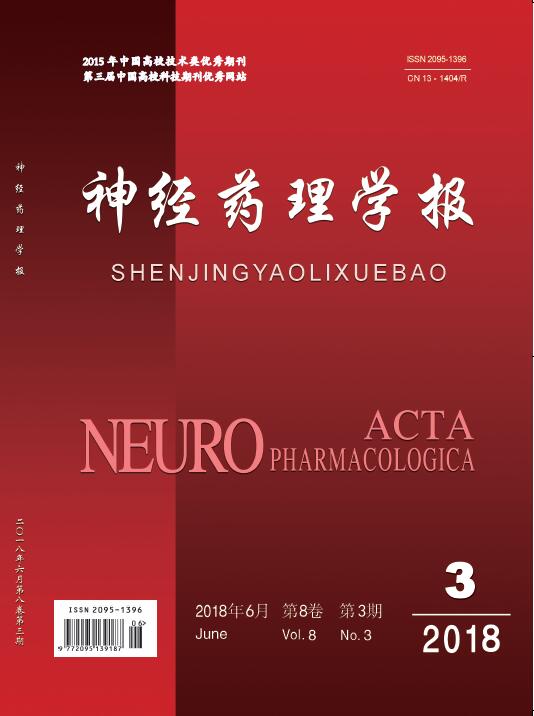Objective:The primary isolated and cultured Sprague-Dawley (SD) rat brain microvascular endothelial cells (BMECs) and astrocyte (As) are established to be an in vitro blood-cerebrospinal fluid barrier(blood-CSF barrier)model that is relatively simple, reliable, reproducible, and nearly in vivo. Methods:BMECs and AS from SD rats were primitively isolated, purified and cultured, and then primitive culture cells were identified by cellular morphological and immunocytochemical staining methods. In vitro blood-CSF barrier model was established by using Transwell culture insert. Model barrier function was evaluated by detection of transendothelial electrical resistance (TEER),4 hours Liquid interview leak test,expression of alkaline phosphatase (ALP) and γ-glutamyl transpeptidase (γ-GT), permeability of sodium fluorescent( Na-FLU). Results:Primary cultured BMECs presented a typical fusiform cobblestone appearance. More than 95% of BMECs were Ⅷ positive. Primary As presented slender synapse and shallower cytoplasm. More than 95% of As were GFAP positive. TEER value for cocultured model group showed (378.97±11.38) Ω·cm2,4-hour liquid leakage test was positive, γ-GT and ALP expressions were (30.88±2.87) μmol·min-1·mL-1 and (2.51±0.88) kingunit· 100 mL-1 respectively,permeability coefficients value of Na-FLU was (2.228±0.85)×106 cm·s-1. Conclusion:The blood-CSF barrier model established in vitro possess in vivo blood-CSF barrier properties in cell morphology,structures and barrier functions.

